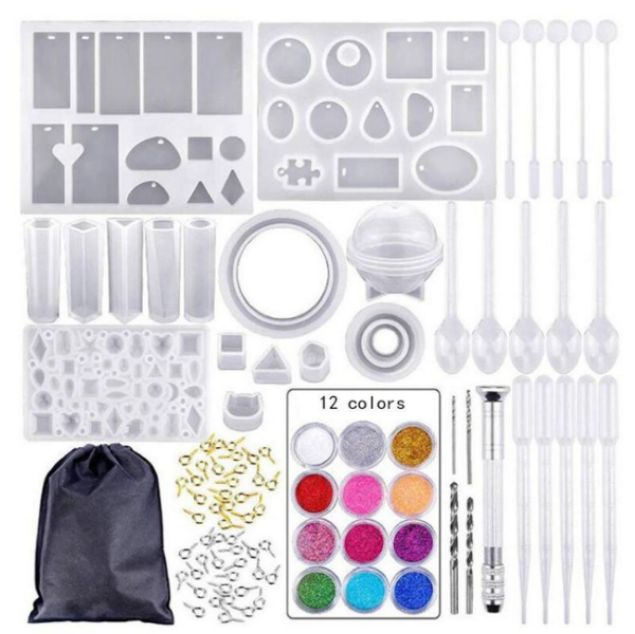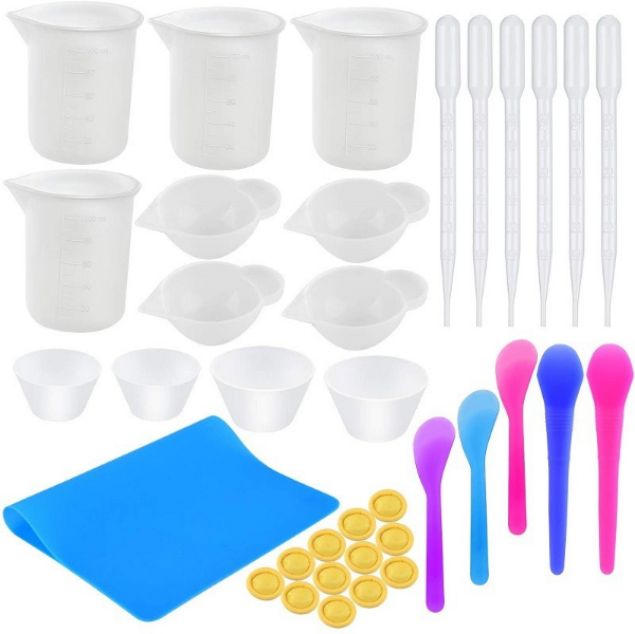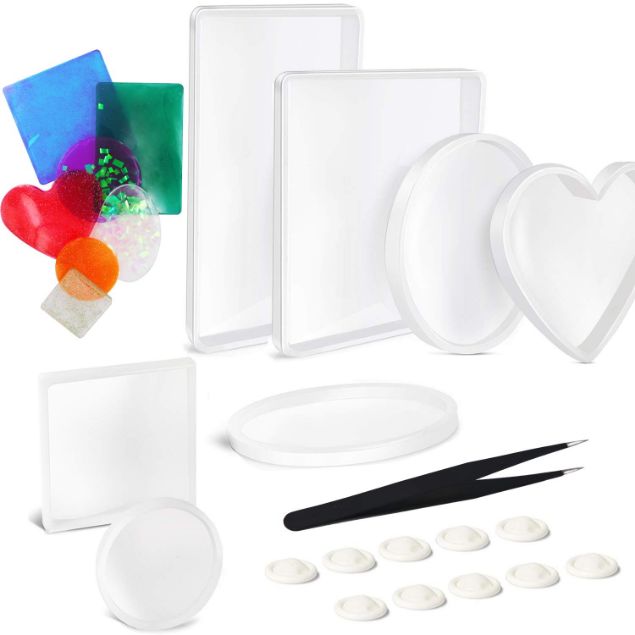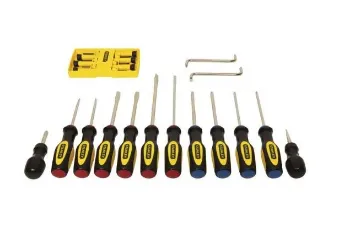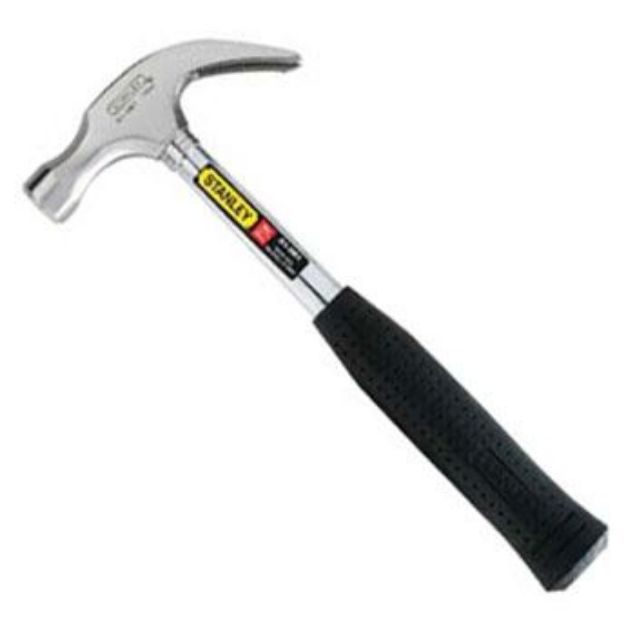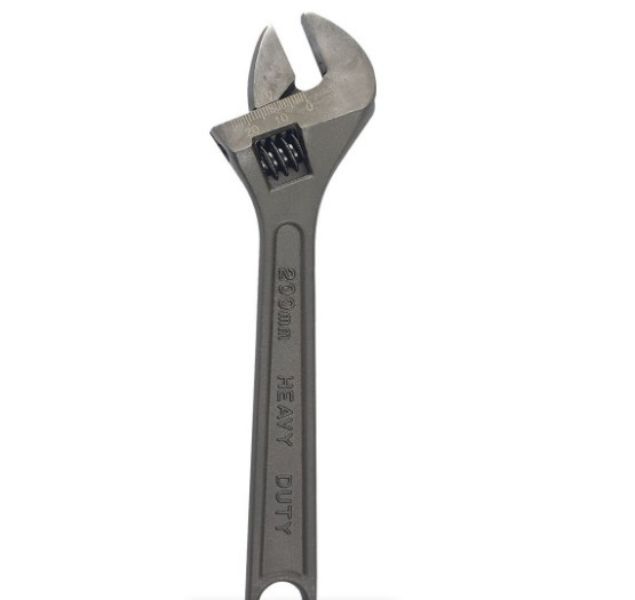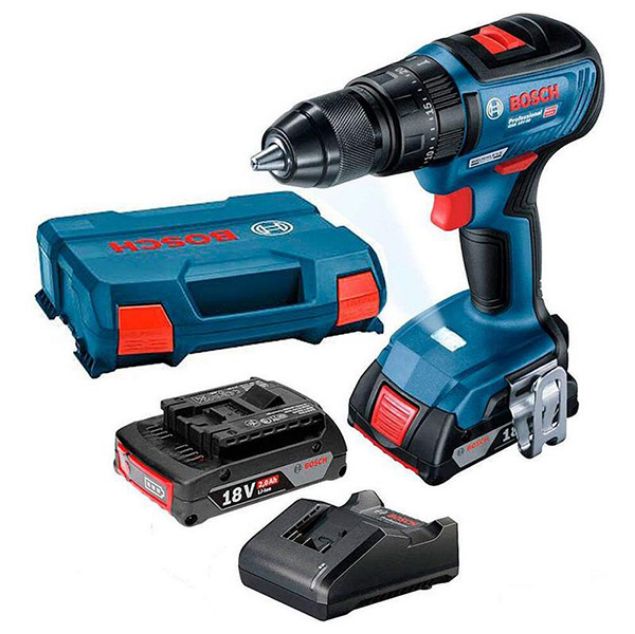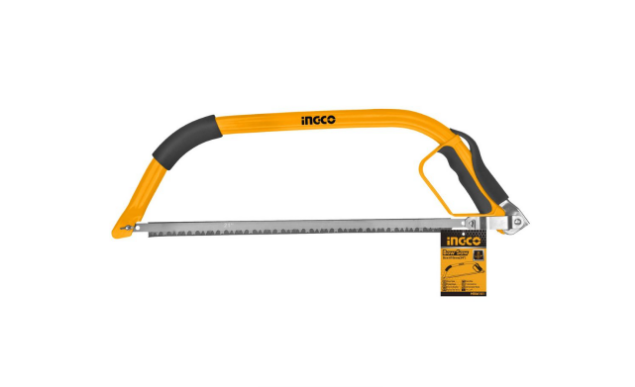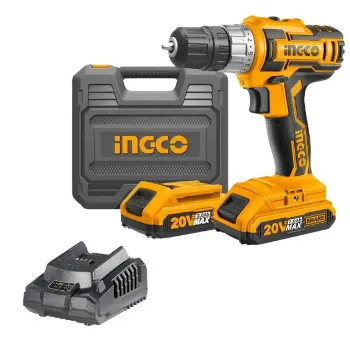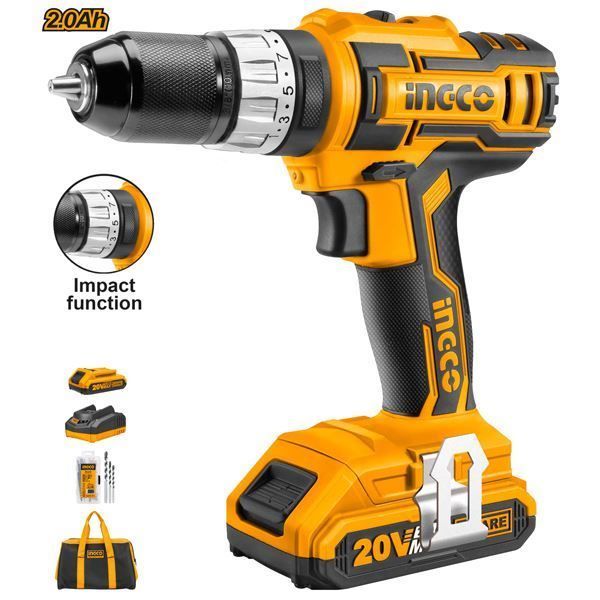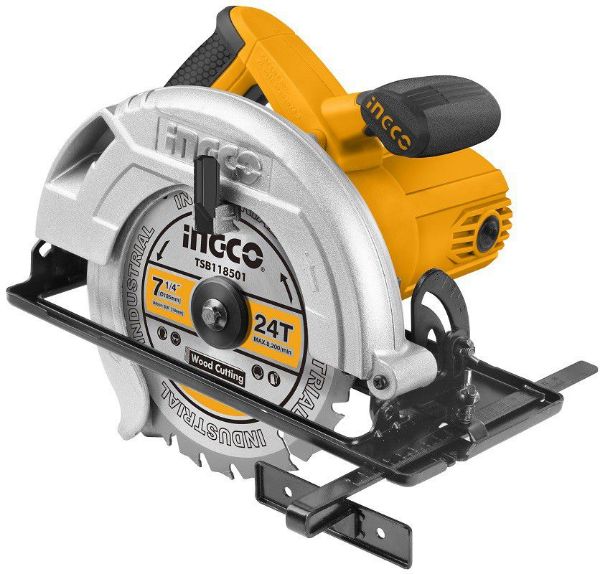Have you had enough of seeing your once-charming wooden furniture deteriorate due to wear and tear, looking worn out and dull? It's not just you who feels this way. Wooden furniture can tarnish and lose its original beauty over time. The bright side is that these artefacts can be given new life if the correct equipment and methods are used. Presenting Liberon, a reliable partner for both do-it-yourselfers and seasoned pros. We'll explore how to use Liberon products to revitalize wooden furniture and change the look of your home in this tutorial.
Introducing Oneself to Liberon
Liberon is a leading company in the wood finishing and restoration solutions market, known for its high-quality formulas and track record of success. Liberon offers customised solutions to address various issues such as unattractive scratches, stubborn watermarks, or the desire to restore the natural beauty of your hardwood furniture.
Step 1: Assessing the Condition of Your Furniture
It is crucial to evaluate the state of your furniture thoroughly before starting the restoration process. Make a note of any imperfections, dents, or places where the finish has worn off. This thorough examination will act as a guide for you as you choose the right materials and assess how much restoration is necessary.
Step 2: Cleaning the Surface
Start the furniture restoration procedure by carefully cleaning the surface to remove any buildup of dirt, grime, or wax residue. For this task, it is advised to use a wood cleaner with a low pH or a mild detergent. Make sure the surface has dried completely before moving on to the next procedure.

Step 3: Sanding (if considered required)
When there are large scratches or uneven surfaces, sanding is necessary to create a uniformly smooth surface on which the next finish can be applied. Use sandpaper with fine grains and follow the direction of the grain in the wood to avoid aggravating pre-existing flaws.
Step Four: Utilizing Liberon Restorer
Now that the surface has been cleaned and polished, apply the Liberon restorer. This solution is designed to get deep into the wood to remove grime, grease, and old wax, restoring the natural beauty of the wood. Using a clean cloth, carefully apply the restorer, focusing on tiny areas at a time. Give the restorer enough time to seep into the wood, then carefully remove any excess with a clean cloth.
Step 5: Repairing Damaged Sections
Now is the time to take care of any noticeable dents or scratches on your furniture. Fill in the affected areas with wood filler or putty and sand down until the affected regions blend in smoothly with the surrounding wood.
Step 6: Liberon Finishing Oil Application
After making sure the surface is spotless, use the Liberon repertoire's finishing oil. Whether you choose teak oil or Danish oil, these options are carefully blended to bring out the natural beauty of the wood while providing resistance to wear and dampness. Brush off any excess oil after carefully applying the oil in the direction of the grain in the wood and giving it enough time to sink in.
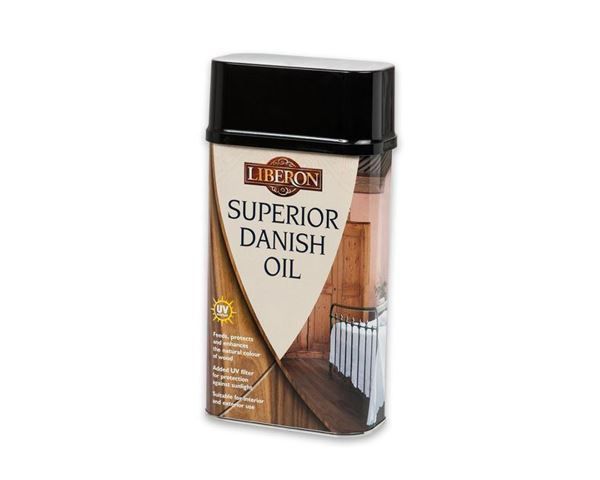
Step 7: Applying the Last Garnish
Once the oil has dried completely, stop to admire your hard work. Now your wooden furniture should radiate renewal with a radiant natural gloss. If you want an additional layer of shine and protection, think about putting on a coat of polish or wax.

Pointers for Maintenance
Keep your refinished wooden furniture looking great by dusting it frequently and avoiding putting hot or wet objects straight on its surface. Liberon finishing oil can be reapplied on a regular basis to reinforce the protective layer and preserve the natural beauty of the wood.

Taking on the task of restoring wooden furniture using Liberon is a rewarding do-it-yourself project that will infuse your home's design with new life. If you carefully follow these instructions and take advantage of Liberon's best deals, you will be able to enjoy the beauty of expertly restored furniture for many years to come. Why then wait? Launch your repair project now to rediscover the ageless charm of wood.




